-

Keeping it Simple with Paracord
This special project commemorates a milestone for a long term friend and supporter of the forge and represents another variation of the fusion style outdoor knife genre. The concept is the combination of a western bowie shape made with Japanese techniques, the simplicity and durability of a solid integral cord wrapped handle, and a nata…
-
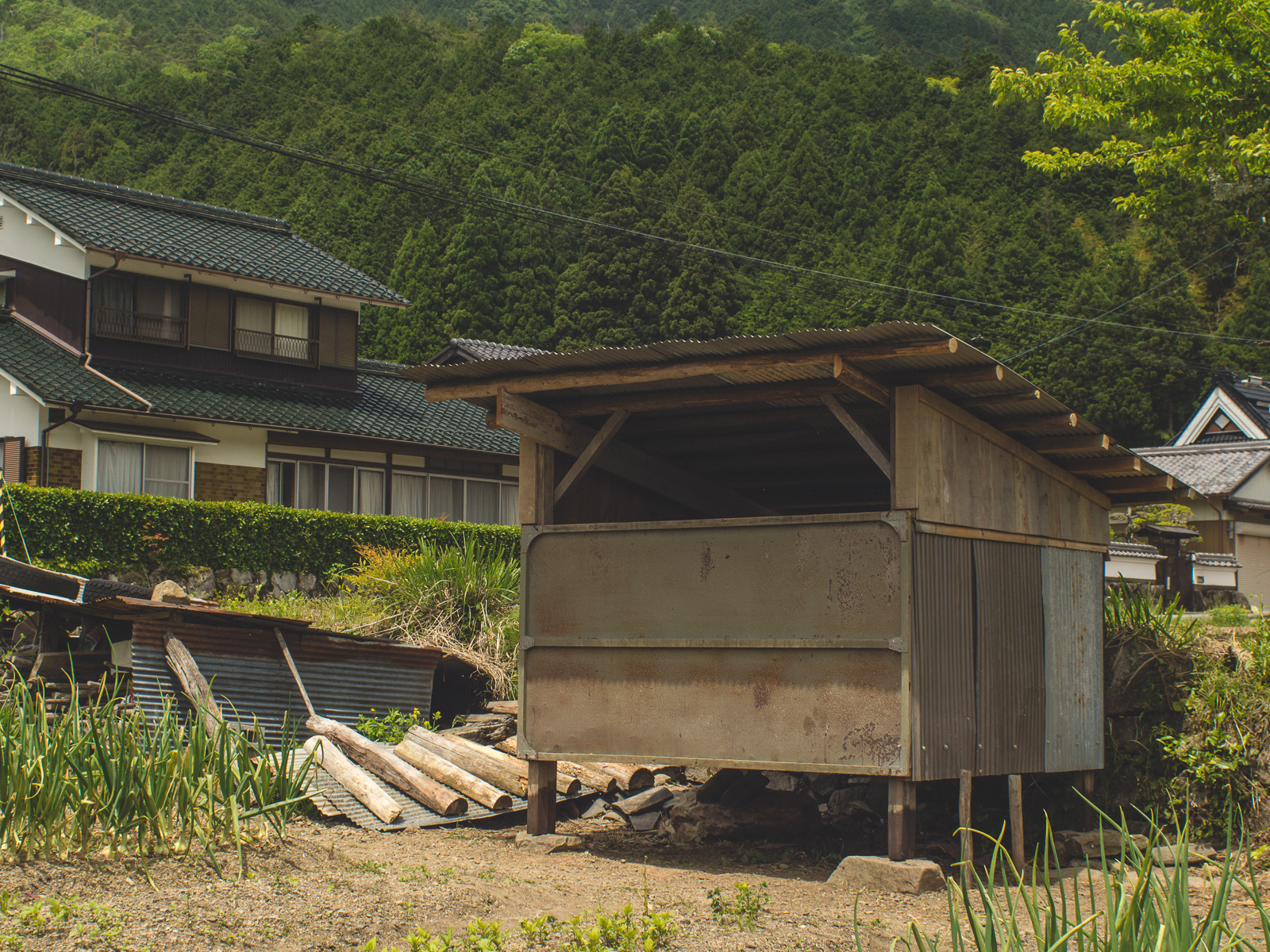
Japan Photo Essay: Chashitsu-goya
Building a small farm shed in an inaka area of Japan. The materials were mostly reclaimed and from what was on-hand on the farm. Incorporating elements of local architecture, the design allows farming tools and materials to stay on site at the field and provides workspace at a convenient height for grandpa. Affectionately named chashitsu-goya…
-

Utsushi Study of a Sunnobi Tanto
Sunnobi tanto (寸延び短刀) are larger than ordinary tanto, with nagasa a sun or two above 1 shaku (sun nobi, “a sun longer”, from nobiru, to stretch or lengthen). Though there is some area of crossover with hira-zukuri ko-wakizashi and they may have sori similar to ko-wakizashi, the simplified difference would be that they are still…
-
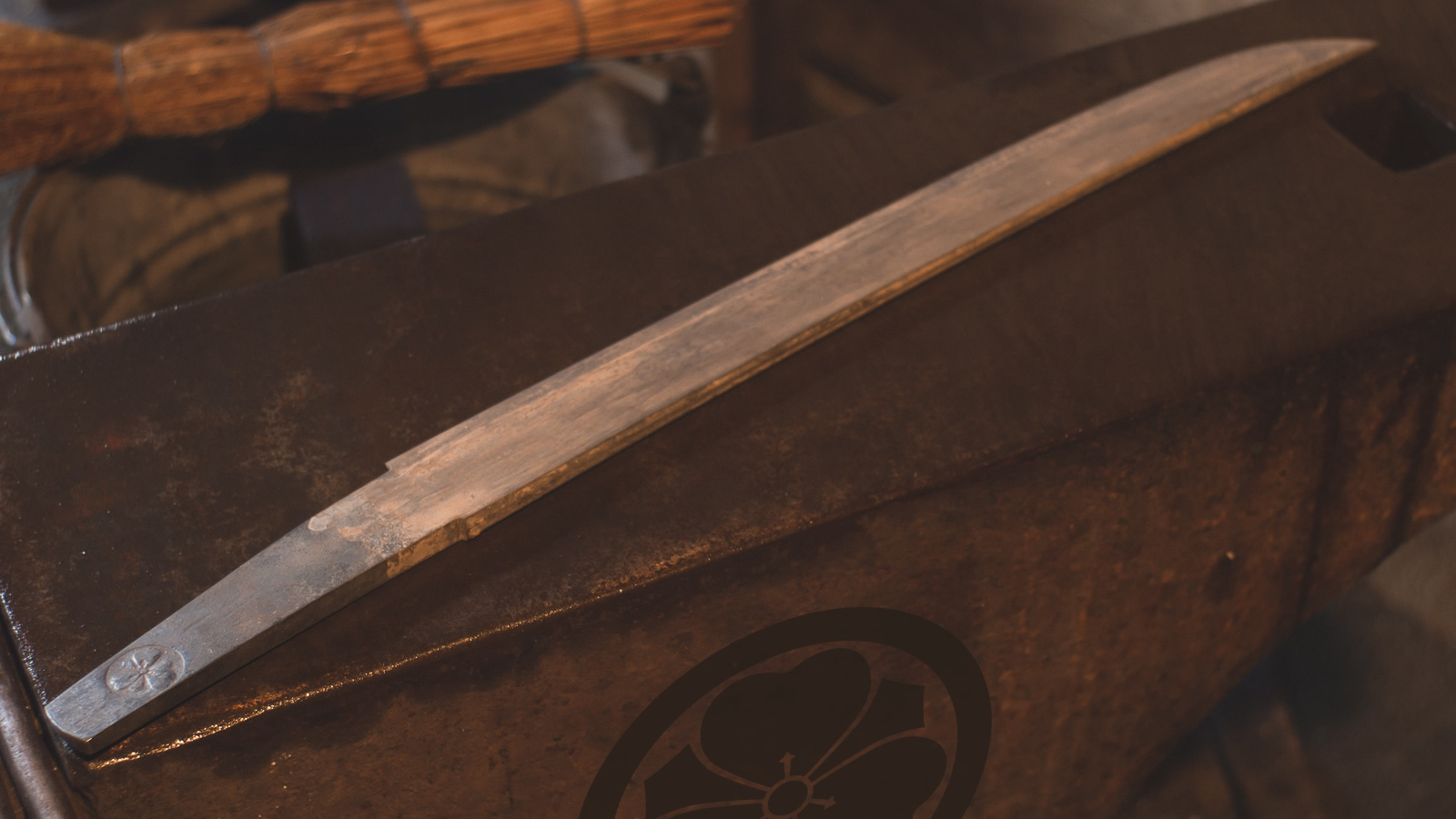
Differential Hardening Sunnobi Tanto
Sunnobi tanto are larger than ordinary tanto (nagasa above 1 shaku) and may have sori similar to ko-wakizashi. Read more about the process of yaki-ire. 1. Using approximately a 1:1:1 mixture of natural clay, polishing stone powder and ground charcoal to mask the back of a hand forged blade about 1-1.5mm thick to slow down…
-

Process – Making habaki with simple tools
Making a habaki from reclaimed copper. Material is scrap copper from an electrical bus bar, forged and bent to shape, silver brazed with hard silver solder in the charcoal forge with fuigo, finish work done with files and rasps. Watch the shorter overview edit here.
-

Making a Kanna from a Reclaimed Chisel
A custom mameganna (small “bean” plane) such as might be used by furniture makers can be made fairly quickly from an old chisel. This type of kanna might be used for shaping saya or tsuka or for other small woodwork projects requiring a custom radius or access to tight spaces. Materials for the project are…
-

温故知新・On Ko Chi Shin
A true and accurate understanding of the past is an important step towards a good future. 温故知新 (on ko chi shin) is an expression that most directly translates to, “study the old to know the new”. This one-of-a-kind project represents the current progression of my work based on the study and practice of historical techniques,…
-

TimeWarp #10 – Forging Habaki for a Tanto
Making a habaki from reclaimed copper. Material is scrap copper from an electrical bus bar, forged and bent to shape, silver brazed with hard silver solder in the charcoal forge with fuigo, finish work done with files and rasps. Watch the full length process edit here.
-
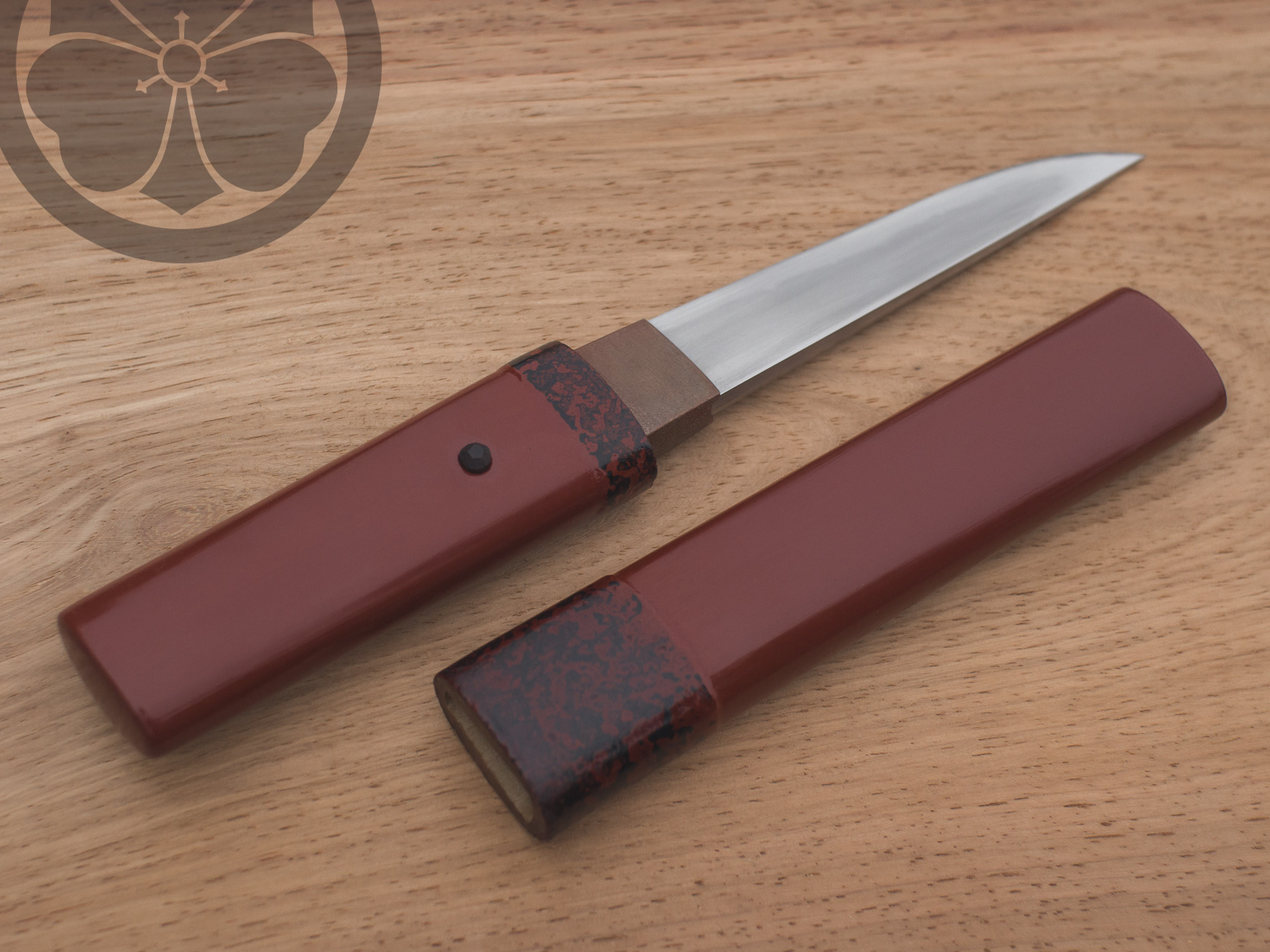
Process: Making a Futokorogatana
Futokorogatana (懐刀) is translated as “clothing fold sword” and describes a type of tanto mounting meant to be carried in the kimono sleeve or fold. Also known as kaiken, this humble style of hidden mounting is usually unadorned with a smooth profile and lacquer finish. This knife would historically be carried for last chance survival…
-
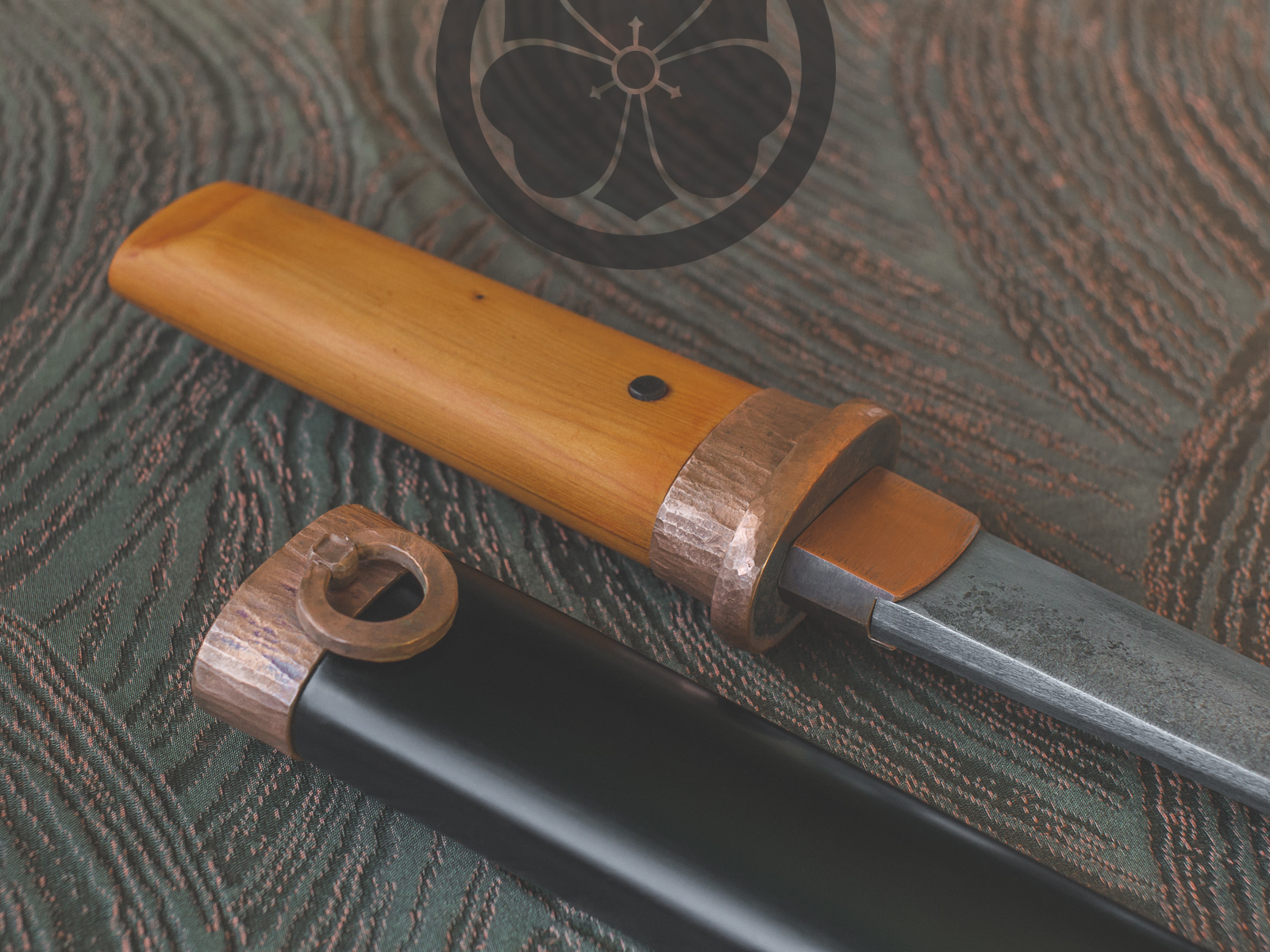
Pacific Yew Forest Kotanto
This custom kotanto finds a balance between the humble satoyama style and a classical tanto with a striking combination of forged copper, natural orange hardwood, and black urushi lacquer. The blade began as a reclaimed harrow tooth and was hand forged in a charcoal fire, differentially hardened using traditional water quench yaki-ire, and sharpened by…
-

Bladesmithing at the Museum Forge
Forging a custom forest kotanto in the swordsmith forge. The starting material was a harrow tooth, the finished blade is hirazukuri, mitsu mune, 140mm / 5.5″ nagasa, with a sturdy 6.5mm motokasane. The finish will be tsuchime (hammer texture) so there was no filing or polishing before yaki-ire, which was done at my forge for…
-
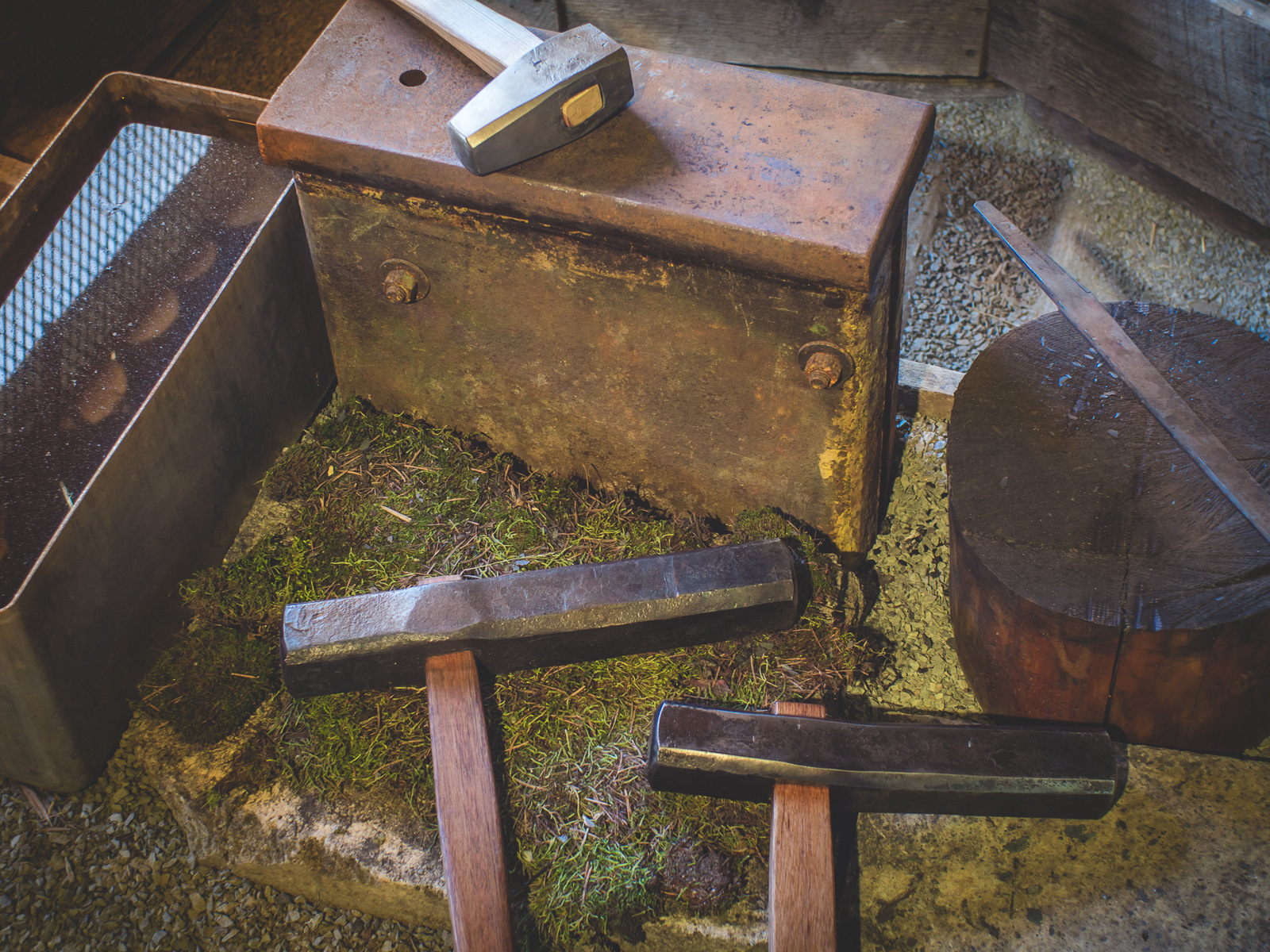
Making a Handle for a Japanese Swordsmithing Hammer
Traditional Japanese swordsmithing hammers have rectangular eyes with no taper. The handles are not wedged but are held in place by a compression fit involving careful shaping, hand forged wood (kigoroshi, 木殺し), and soaking in water. The wood is shaped a mm or two oversized, compressed by hammering, and then driven through the eye. When…
-

Making a Swordsmith Anvil from Scrap
A Japanese swordsmith style anvil made from junkyard scrap. The two side pieces are cast steel or iron John Deere 8255C rear counterweights from a shovel dozer. They weigh about 200-240lbs each and measure about 2 1/8″ x 14 3/4″ x 25″. There is a ‘T’ shaped face and stem that extends to the ground…
-

Testing Scrap Steel for Knife Making
Most of history was forged with steel that had no designated number or specified ingredient list. Historical smiths would interpret the quality and properties of steel based solely on careful observation and simple testing procedures. To this day, Japanese swordsmiths work exclusively with unnumbered steel made with charcoal and iron sand in traditional smelting furnaces.…
-

TimeWarp #9 – Making a Mountain Kotanto
Read about the process of making this knife, learn about the Tools for Satoyama project, or design your own knife.
